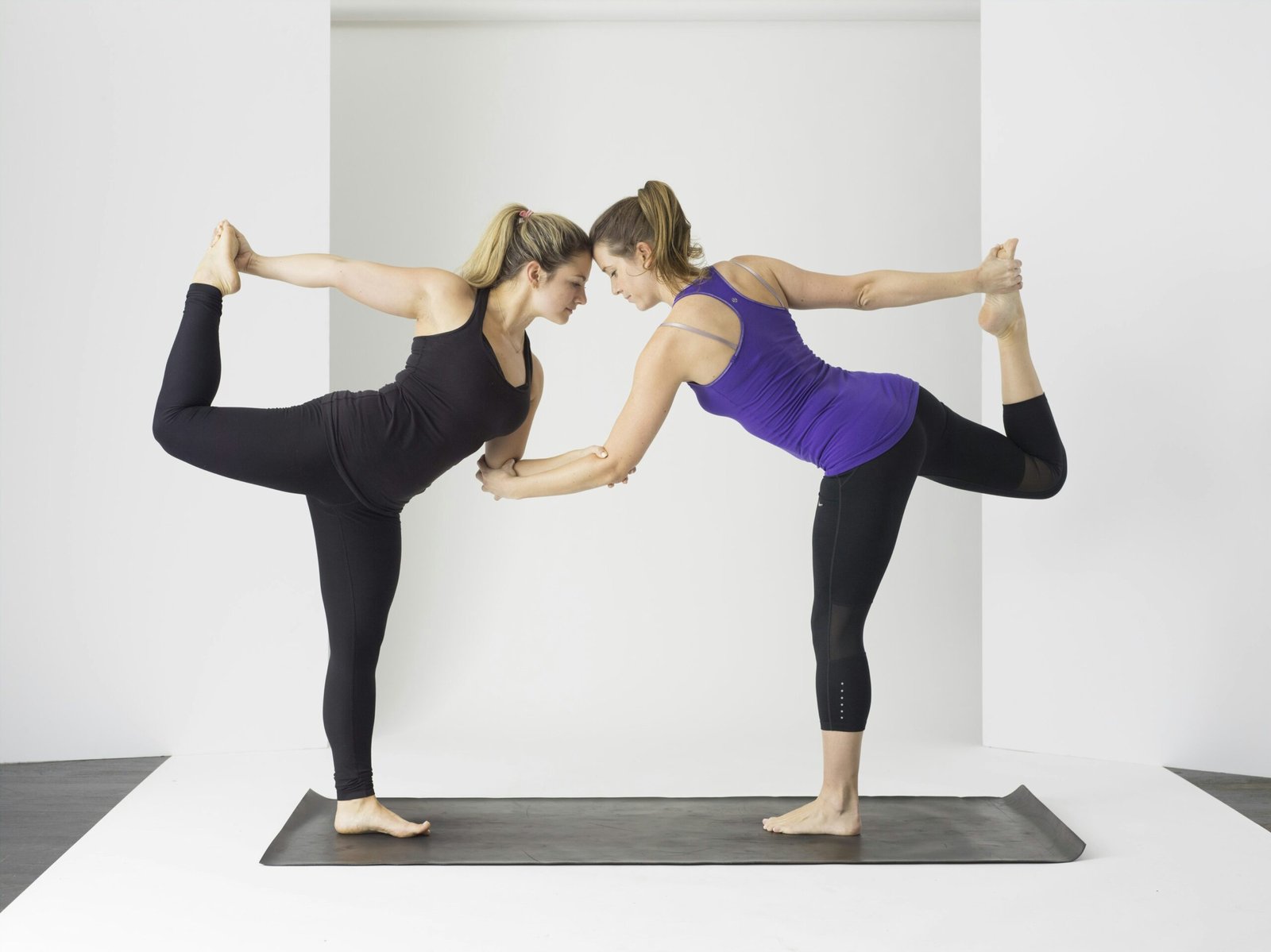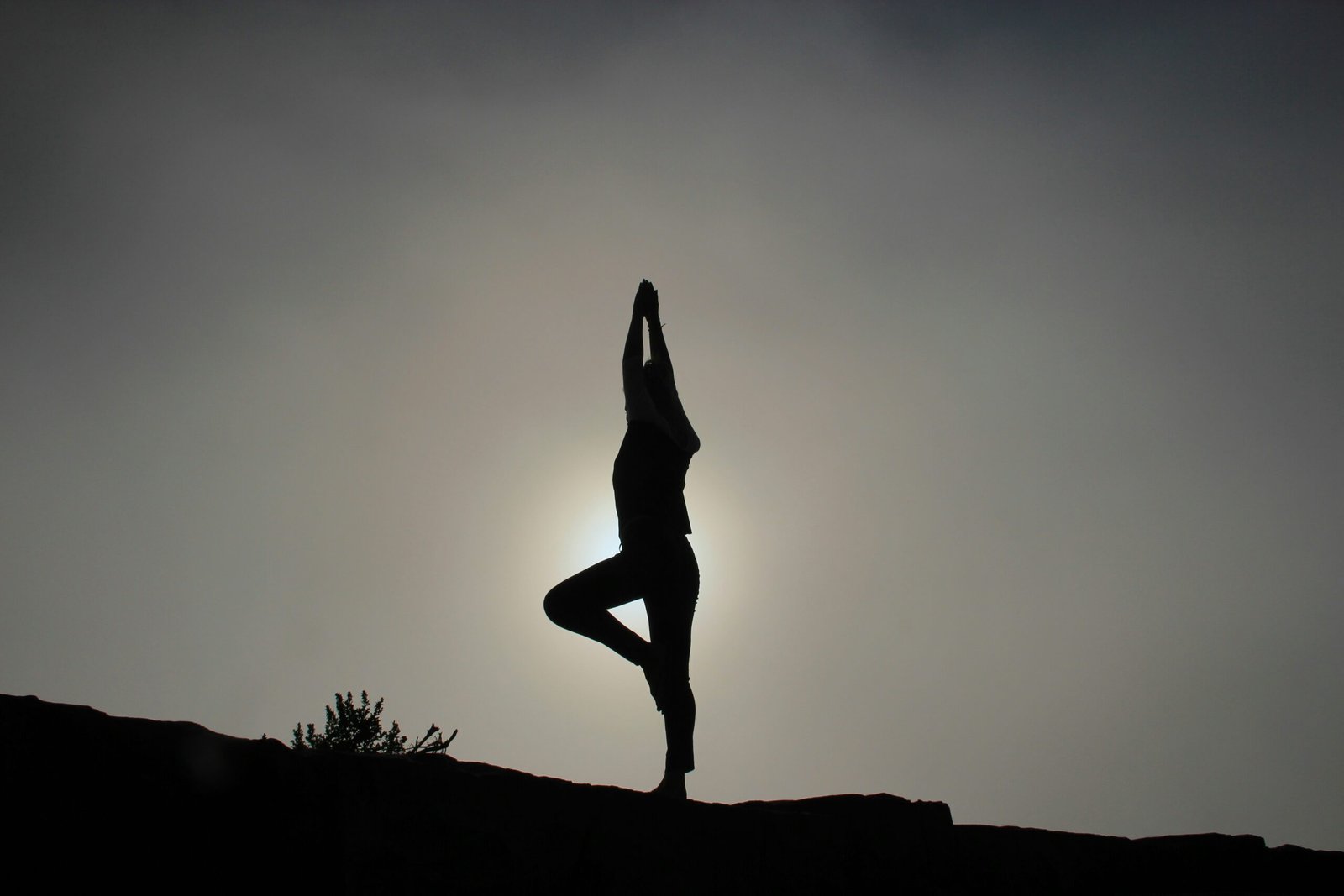
Understanding Yoga and Its Benefits
Yoga is an ancient practice that originated in India over 5,000 years ago. It comprises a series of physical postures, breathing techniques, and meditation designed to promote physical and mental well-being. While there are numerous styles of yoga, including Hatha, Vinyasa, and Ashtanga, each approach invites practitioners to experience the harmony between mind, body, and spirit. This integration enhances one’s overall quality of life, making yoga a perfect practice for beginners seeking to improve their health.
At its core, yoga offers several physical benefits. One of the most significant advantages is increased flexibility. Beginners often find that consistent practice of yoga poses not only enhances their range of motion but also alleviates muscle stiffness. Additionally, yoga strengthens the muscles, as many poses require engagement and stability. This gradual buildup of strength also contributes to improved balance, which is essential for overall fitness and injury prevention.
Beyond the physical aspect, yoga serves as a powerful tool for mental clarity and emotional regulation. Many practitioners report a reduction in stress levels due to the mindful breathing techniques and meditative elements incorporated in the practice. By focusing on the present moment, individuals often experience a sense of tranquility that extends beyond their yoga sessions. Furthermore, yoga encourages self-awareness, enabling beginners to develop a deeper understanding of their thoughts and emotions, which can lead to enhanced emotional stability.
Incorporating yoga into daily routines can provide a holistic approach to well-being. It not only promotes physical health but also supports mental and emotional growth. As such, yoga remains a relevant and beneficial practice for individuals at any stage of their fitness journey, paving the way for a balanced and fulfilled life.
Essential Poses for Beginners
Yoga is an ancient practice that can greatly enhance physical flexibility, mental clarity, and overall well-being. For beginners, understanding the fundamental poses is crucial for establishing a solid foundation. Below are ten essential yoga poses that newcomers should incorporate into their practice, along with step-by-step instructions and modifications where needed.
1. Mountain Pose (Tadasana)
This foundational pose promotes stability and focus. Stand tall with feet together, arms at your sides. Engage your thighs, lift your chest, and relax your shoulders, breathing deeply.
2. Downward-Facing Dog (Adho Mukha Svanasana)
Start on your hands and knees. Tuck your toes and lift your hips, creating an inverted “V” shape. Keep your spine straight and heels moving toward the floor. If necessary, bend your knees for more comfort.
3. Cat-Cow Stretch (Marjaryasana-Bitilasana)
Begin in a tabletop position. Inhale and arch your back (cow), then exhale and round your spine (cat). This flowing motion enhances spinal flexibility and can be repeated several times.
4. Child’s Pose (Balasana)
Kneel and sit back on your heels. Extend your arms forward or rest them along your body, allowing your forehead to touch the mat. This pose is restorative and can be used as a break during practice.
5. Warrior I (Virabhadrasana I)
Stand tall, step one foot back, and bend your front knee at a 90-degree angle. Raise your arms overhead while gazing forward. This pose strengthens legs and improves focus.
6. Warrior II (Virabhadrasana II)
From Warrior I, open your hips and shoulders to face sideways. Extend your arms parallel to the ground. Maintain a strong gaze over your front hand, enhancing concentration and stability.
7. Tree Pose (Vrksasana)
Stand on one leg, placing the other foot on your inner thigh or calf (avoid the knee). Bring your hands together at the heart or raise them overhead. This pose fosters balance and core strength.
8. Seated Forward Bend (Paschimottanasana)
Sit with your legs extended. Inhale and lengthen your spine; exhale as you reach forward, aiming to grasp your feet or shins. This pose stretches the hamstrings and promotes relaxation.
9. Bridge Pose (Setu Bandhasana)
Lie on your back with knees bent and feet flat on the floor. Press into your feet to lift your hips, engaging your glutes. This pose opens the chest and strengthens the back.
10. Corpse Pose (Savasana)
Lie flat on your back, arms at your sides. Close your eyes and focus on your breath, allowing your body to completely relax. This pose is essential for integrating the benefits of your practice.
These basic yoga poses for beginners encourage proper alignment and ease of practice. By integrating these poses into your routine, you will build confidence in your abilities while reaping the many physical and mental benefits of yoga.
Tips for Practicing Yoga Safely and Effectively
As beginners embark on their yoga journey, it is paramount to prioritize safety and effectiveness in each practice session. One of the most important tips is to listen to your body. Yoga is an individualized practice; what works for one person may not be suitable for another. Hence, being in tune with your body’s signals can help prevent injuries and ensure a positive experience. If a particular pose feels uncomfortable or painful, it is essential to modify or skip it rather than pushing through the discomfort.
Understanding personal limits is vital in establishing a sustainable yoga practice. Each practitioner should recognize their current level of flexibility, strength, and balance, allowing for gradual progression. Beginners often make the mistake of comparing themselves to more experienced yogis; this can lead to frustration and a higher likelihood of injury. Instead, focus on one’s own growth and make modifications when necessary, such as using props to aid in achieving proper alignment and stability. Yoga blocks, straps, and blankets can provide additional support and should not be seen as crutches, but rather as tools for enhancing one’s practice.
Creating the right environment for yoga can also significantly impact the quality of practice. A quiet, clean space free from distractions helps to promote concentration and mindfulness. Moreover, wearing suitable attire that allows for comfortable movement is essential. Clothing should be breathable and not restrictive, enabling practitioners to transition smoothly between poses. Furthermore, practitioners should ensure their yoga mats are clean and non-slip to provide a stable surface for performing movements.
By implementing these safety tips, beginners can cultivate a more effective yoga practice that not only enhances physical health but also nurtures mental well-being. The combination of awareness, preparation, and proper technique may allow practitioners to enjoy their yoga journey fully.
Creating a Beginner Yoga Routine
Establishing a beginner yoga routine is a significant initial step toward reaping the vast benefits of this ancient practice. A well-rounded routine should incorporate the ten essential poses, allowing practitioners to engage both physically and mentally. Each session can commence with a few minutes of mindfulness to set intentions and focus the mind.
A suggested beginner sequence might begin with a gentle warm-up, including poses such as Cat-Cow to loosen the spine and Downward Facing Dog to deepen the stretch. Following the warm-up, practitioners can progress to foundational poses like Mountain Pose and Warrior I, holding each for about 30 seconds to increase stability and strength. It is vital to include forward bends and backbends, such as Child’s Pose and Cobra, which encourage flexibility and open up the body effectively.
To enhance the practice, beginners should practice breathwork throughout their routine. Synchronizing breath with movement not only helps in maintaining focus but also allows for a deeper connection with the body. Incorporating pranayama exercises, such as deep abdominal breathing, can enrich the experience and promote relaxation.
As one practices these essential poses, it’s advisable to dedicate about five to ten minutes at the end of each session to meditation or relaxation techniques, such as Savasana. This closing phase is pivotal, allowing the body to absorb the benefits of the practice and providing a sense of calm and renewal.
To establish a consistent habit, it is recommended to practice at least three to four times a week. Over time, as practitioners become more comfortable with each pose, they may add variations or increase the duration of their practice. This gradual progression encourages growth and fosters a deeper understanding of yoga and its transformative potential.





